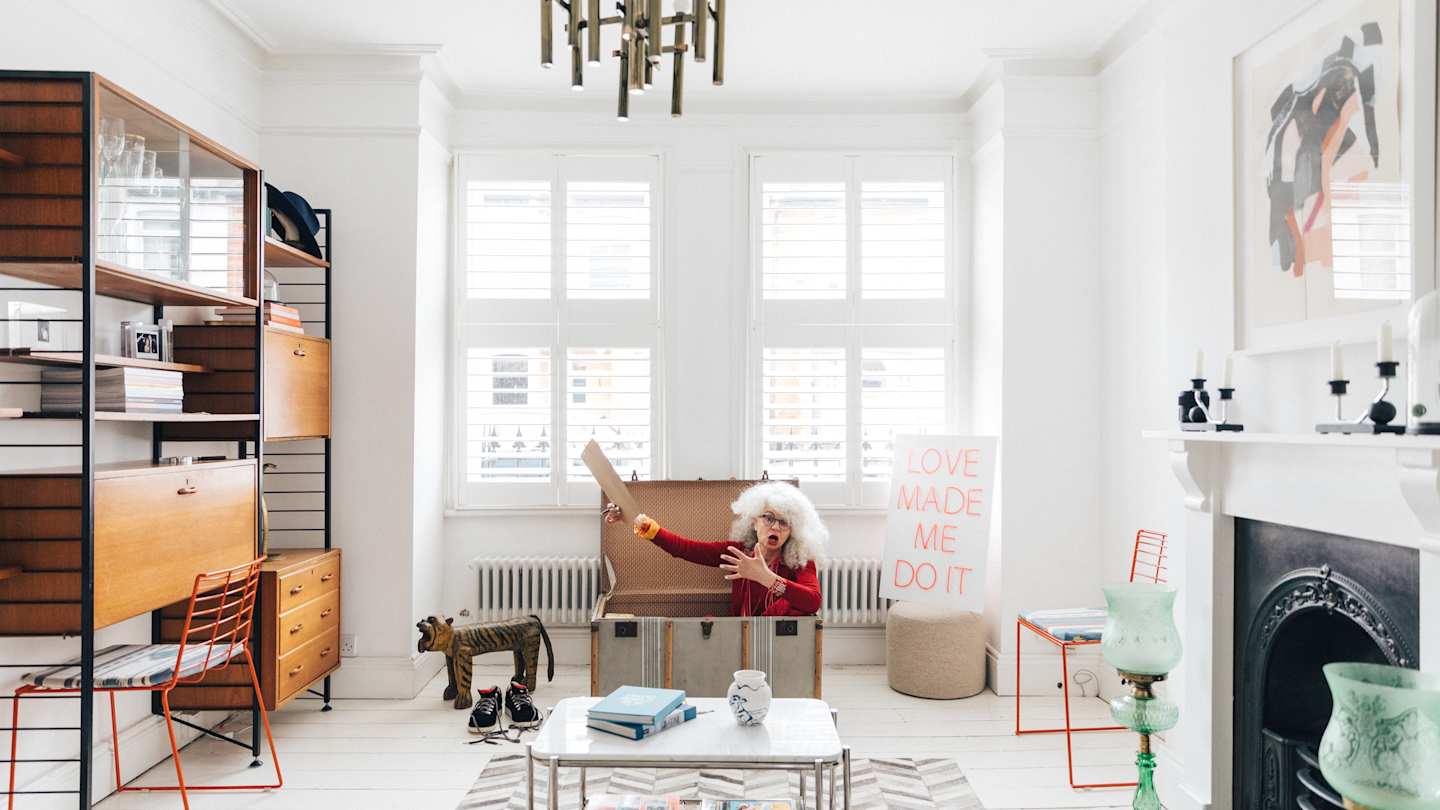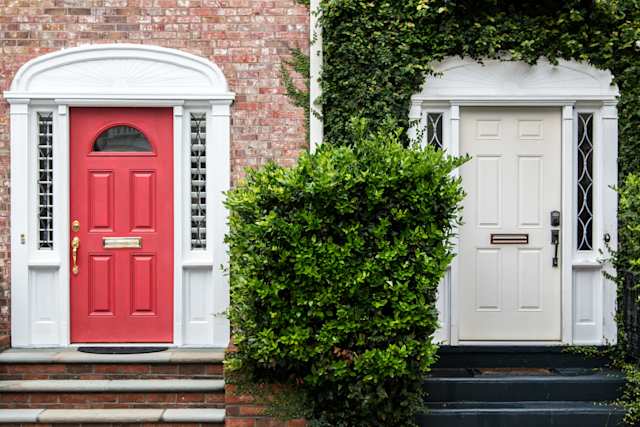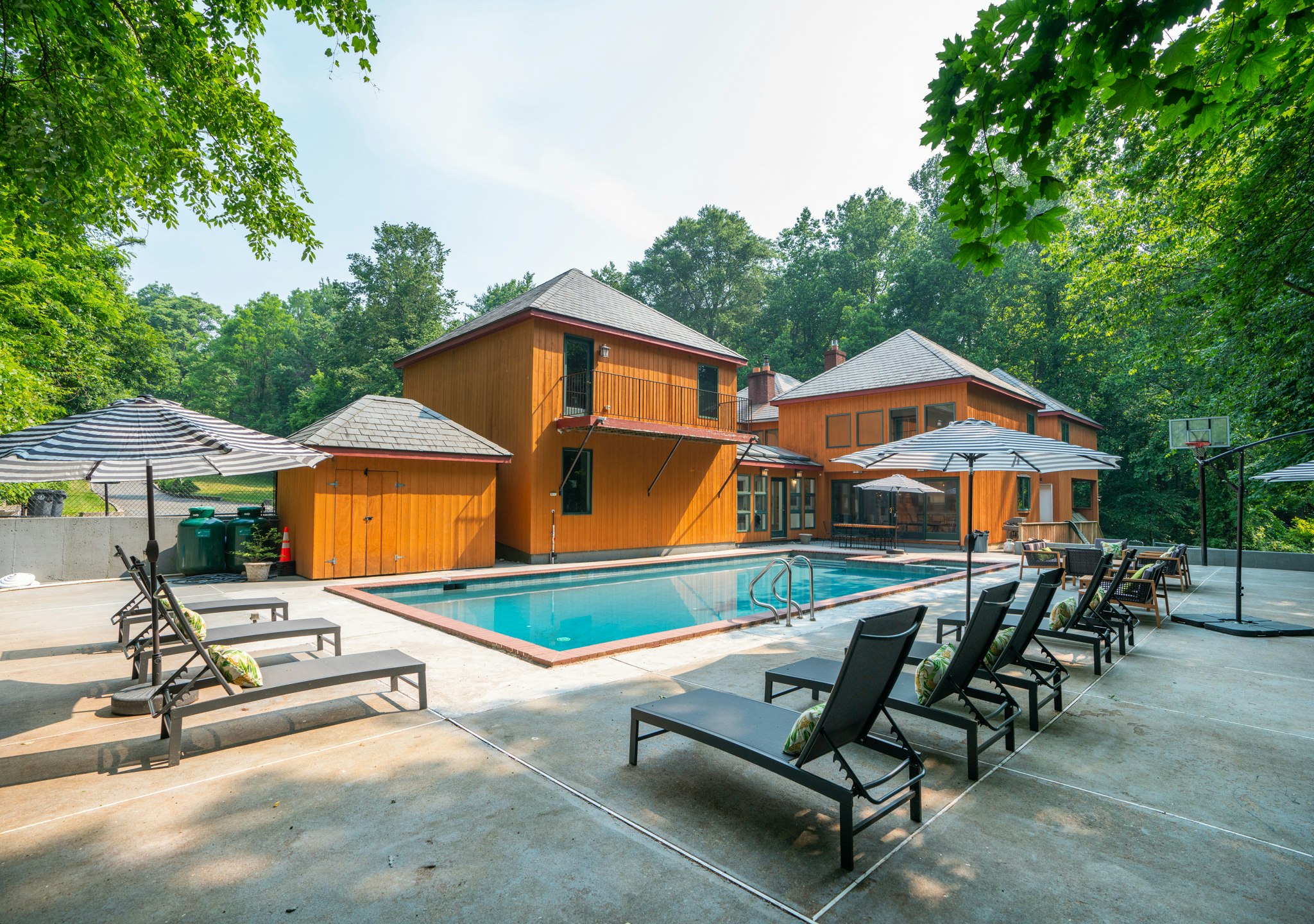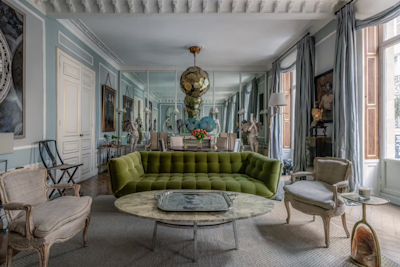Notes From a Home Critic: Why Homes Fail the Plum Test
Here our London Home Critic discusses the ones that got away, and why exactly 97% don't make it into our collection of the world's best homes.
~

When people ask me what exactly a Home Critic does, I find it surprisingly hard to describe. It’s partly an objective assessment of very tangible things within the home, but also a subjective assessment of the overall experience. Only 3% of homes tested go on to pass the Plum Test and receive a Plum Award. Which means that a lot of homes fail.
There are some homes that are absolute super-stars and completely ace the test on every single level. But for most homes, the decision to pass or fail is a balancing act, weighing up all the great aspects of a home, and taking into consideration any faults it may have. At Plum, it’s the nourishing and memorable experiences we’re interested in, not just the ok and good ones. So when I get to this point in my decision making, there’s really only one question left - does this home feel like a Plum home.
The homes that fail are often great on paper and can even make a great first impression. Here are a few of the reasons why a home might start so well but ultimately fail the Plum Test.
A slightly stingy host
When a host interprets self-catering as meaning complete self-sufficiency, it really lets the experience down. Having a Nespresso machine is great, but leaving two coffee capsules for guests feels a tiny bit stingy. Being able to feel the generosity of a host, and not the unit price economics of each food item and toiletry left for guests is key. Generosity doesn’t necessarily have to cost more money - it’s definitely an attitude and many hosts have brought it to life with a lot of care, creativity and personality. In fact, generosity can be the single most compelling memory of a stay (or a test - if I leave filled with great conversation and a slice of cake in my hand, it’s a clear sign that I’ve just met a very generous host!). The funny thing is, the most generous hosts are also full of stories of just how generous their guests have been in return - from leaving a drinks cabinet better stocked than they found it, to cleaning an apartment to an immaculate degree before they left. There’s no question, generosity is worth it.

Nespresso machine with pods
Big houses that are just big houses
I sometimes feel a bit sorry for big houses. They’ve given it all away up front. One of my favourite homes that I’ve tested this year was in a converted garage down an alleyway behind a main road in the middle of the city. The design of the interior created such a sense of calm and nourishment, and was such a surprising contrast to the outside, that I felt transported to a remote rugged landscape and a simpler time. Conversely, an impressive architectural shell, or just sheer scale itself, makes a big first impression. When a home relies on this architectural shell at the expense of the interior, that positive feeling is never sustained - walking into a grand living room with a few pieces of furniture huddled in the corner and barren walls leaves a feeling of emptiness rather than a celebration of luxurious spaciousness.
The home without a wow
Some of the trickiest homes to judge are the ones where there is nothing glaringly wrong with them. These homes generally tick a lot of boxes, have no major faults but just lack that something extra that is going to transform a good experience into a really memorable stay. It doesn’t matter what this stand-out feature of a home is, I just know it has to have one - from a host who leaves freshly baked scones for guests, to unique artwork from local artists, to a location right next to Abbey Road studios so you can walk across the famous crossing and pretend to be The Beatles every morning. I tend to use how easy or hard I find it to write my verdict on a home as the test for this. If a home has inspired me to channel my inner Gaston Bachelard and write spontaneous poetry about it, then I know it’s a super-star home. If words like “nice” are coming anywhere near my mind, or I’m simply struggling to write anything other than factual sentences about what is in the home, then I know I’ve definitely not been in a Plum home.
Inconsistent design
When I walk through a home, I am hoping to feel as if I’m in a continually unfolding story, with each room contributing and adding something to the whole. When a home is inconsistent it can feel a bit disorientating - like I’ve walked in the door of one home, and climbed the stairs to find myself in a completely different home. Or a bit like if I was reading Charlotte Bronte and turned the page to find that I was now reading Irvine Welsh - leaping from one to the other is a bit jarring (and not in a great postmodern way!). More often than not, these are homes that have had a stunning renovation throughout the living spaces on the ground floor, but haven’t updated the bedrooms and bathrooms on the upper floors. Unfortunately, this inconsistency leaves a nagging sense of disappointment.

White and red front doors to terraced houses
And finally. If after this decision making balancing act a home passes the Plum Test, that doesn’t mean that we’ve ignored it’s faults. Whether it’s more noise than is ideal, or slightly bland decor, you’ll always be able to find the information about these faults in the Home Truths section for each listing.











